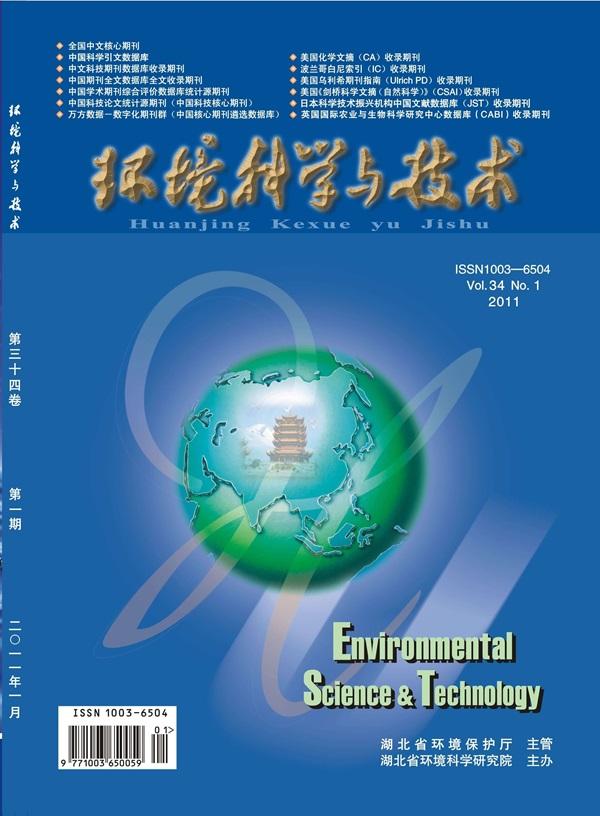Pattern Recognition-Driven Detection of Circadian-Disruptive Compounds from Gene Expressions: High-Throughput Screening and Experimental Verification
IF 10.8
1区 环境科学与生态学
Q1 ENGINEERING, ENVIRONMENTAL
引用次数: 0
Abstract
Circadian rhythms regulate the timing of numerous biological functions in organisms. Besides well-known external stimuli like the light–dark cycle and temperature, circadian rhythms can also be modulated by environmental substances. However, this area remains largely underexplored. Here, we developed a robust Pattern Recognition-Driven Prediction Approach (PRD–PA) that enables the identification of circadian-disruptive compounds from large-scale zebrafish transcriptomic profiling. The approach utilizes a circadian gene panel consisting of over 270 Circadian-Indicating Genes (CIGs) with stable and robust periodicity and combines it with a predictive model, known as the Differential Gene Expression Values of an Individual Comparison Model (DGVICM), that can effectively predict internal circadian phases from transcriptomic samples. By analyzing 692 aggregated gene expression profiles across 40 environmental substances, several were identified as having significant circadian-disruptive potential. These include glucocorticoids (e.g., prednisone (PRE) and triamcinolone (TRI)), the antithyroid agent propylthiouracil (PTU), and the widely used UV filter benzophenone-3 (BP-3). Both glucocorticoids and PTU are well-documented disruptors of circadian rhythms, and BP-3’s circadian-disrupting properties were validated through experimental exposures. Moreover, BP-3 analogs, including 2,4-dihydroxybenzophenone (BP-1) and 2,2’-dihydroxy-4-methoxybenzophenone (BP-8), were also found to exhibit similar circadian-disruptive effects. Overall, the present findings demonstrated the reliability of the PRD–PA approach for circadian disruption screening and highlighted the presence of diverse circadian-disruptive substances in our environment.

模式识别驱动的基因表达昼夜节律干扰化合物检测:高通量筛选与实验验证
昼夜节律调节生物体内多种生物功能的时间。除了众所周知的光暗周期和温度等外部刺激外,昼夜节律还能受到环境物质的调节。然而,这一领域在很大程度上仍未得到充分探索。在这里,我们开发了一种稳健的模式识别驱动预测方法(PRD-PA),可以从大规模斑马鱼转录组分析中识别出破坏昼夜节律的化合物。该方法利用由 270 多个具有稳定和稳健周期性的昼夜节律指示基因(CIGs)组成的昼夜节律基因面板,并将其与一个预测模型(称为个体比较模型的差异基因表达值(DGVICM))相结合,该模型可以从转录组样本中有效预测内部昼夜节律阶段。通过分析 40 种环境物质的 692 个聚合基因表达谱,确定了几种具有显著昼夜节律干扰潜力的物质。这些物质包括糖皮质激素(如泼尼松(PRE)和曲安奈德(TRI))、抗甲状腺药物丙基硫脲嘧啶(PTU)和广泛使用的紫外线过滤剂二苯甲酮-3(BP-3)。糖皮质激素和 PTU 都是有据可查的昼夜节律干扰物,BP-3 的昼夜节律干扰特性已通过实验暴露得到验证。此外,研究还发现 BP-3 类似物,包括 2,4-二羟基二苯甲酮(BP-1)和 2,2'-二羟基-4-甲氧基二苯甲酮(BP-8),也具有类似的昼夜节律干扰作用。总之,本研究结果证明了 PRD-PA 方法在昼夜节律干扰筛选方面的可靠性,并强调了我们环境中存在的多种昼夜节律干扰物质。
本文章由计算机程序翻译,如有差异,请以英文原文为准。
求助全文
约1分钟内获得全文
求助全文
来源期刊

环境科学与技术
环境科学-工程:环境
CiteScore
17.50
自引率
9.60%
发文量
12359
审稿时长
2.8 months
期刊介绍:
Environmental Science & Technology (ES&T) is a co-sponsored academic and technical magazine by the Hubei Provincial Environmental Protection Bureau and the Hubei Provincial Academy of Environmental Sciences.
Environmental Science & Technology (ES&T) holds the status of Chinese core journals, scientific papers source journals of China, Chinese Science Citation Database source journals, and Chinese Academic Journal Comprehensive Evaluation Database source journals. This publication focuses on the academic field of environmental protection, featuring articles related to environmental protection and technical advancements.
 求助内容:
求助内容: 应助结果提醒方式:
应助结果提醒方式:


